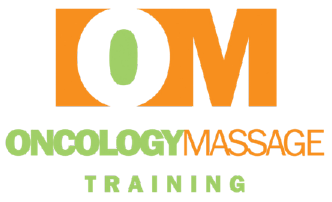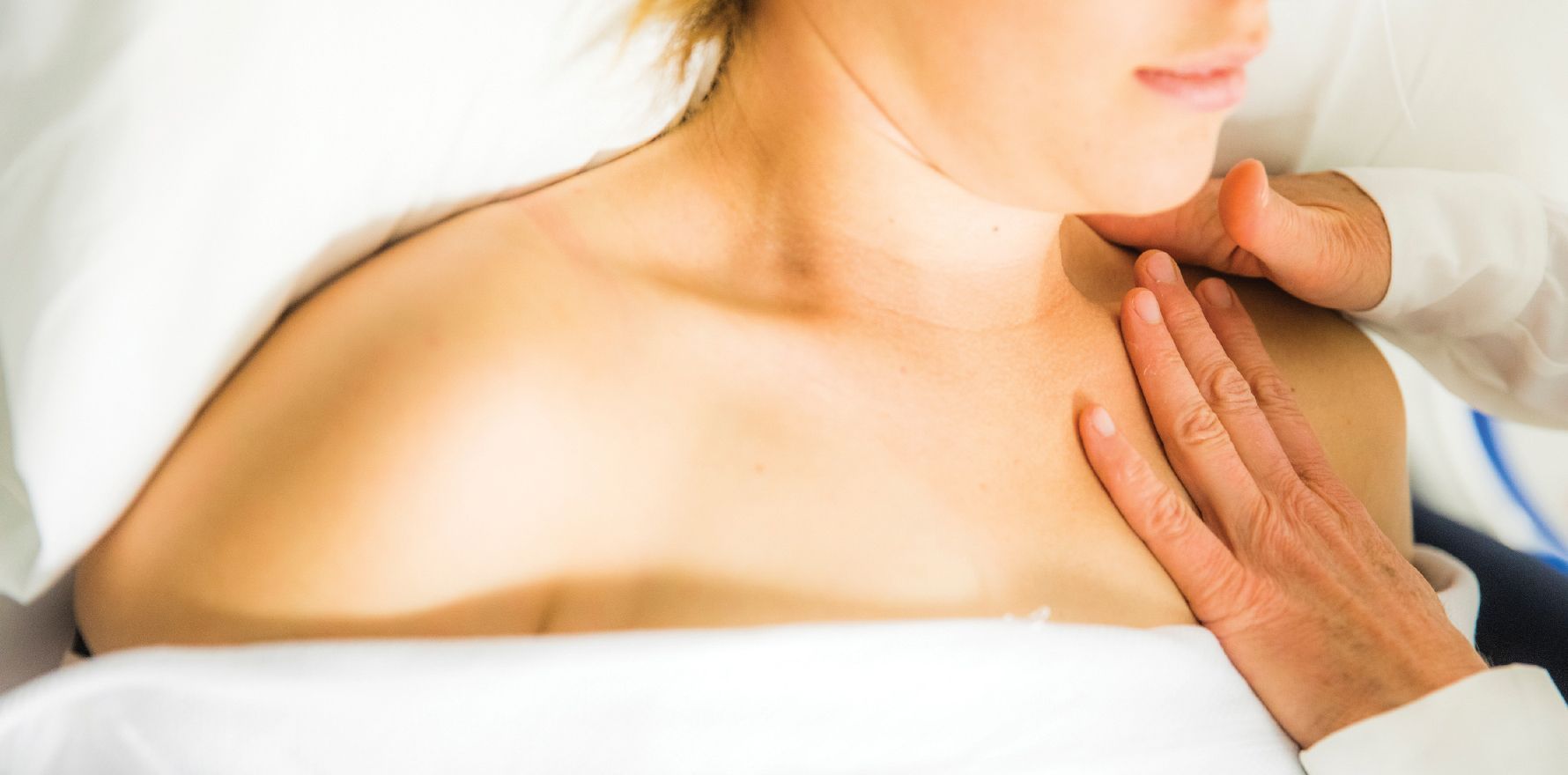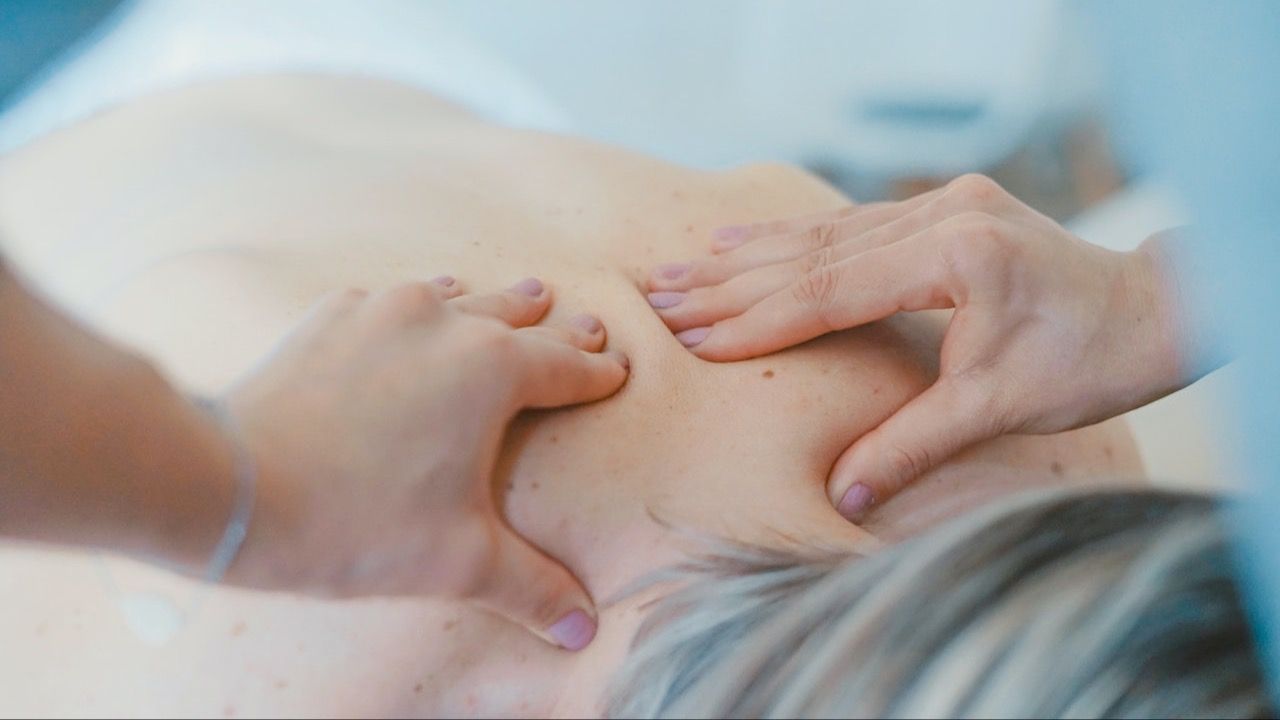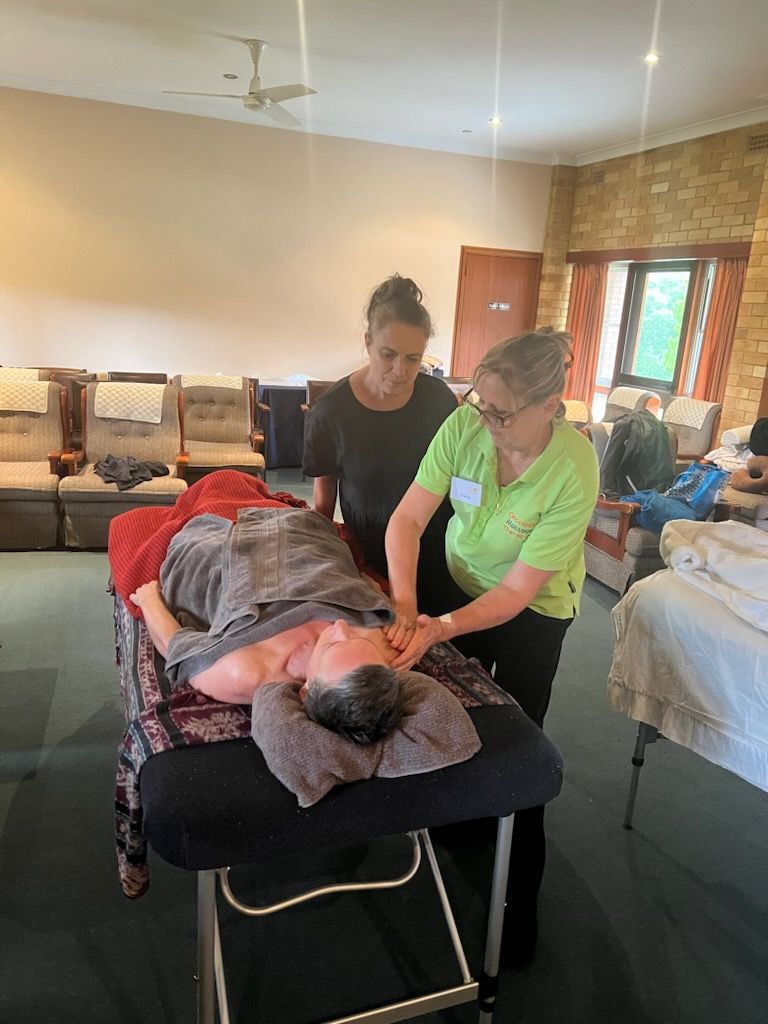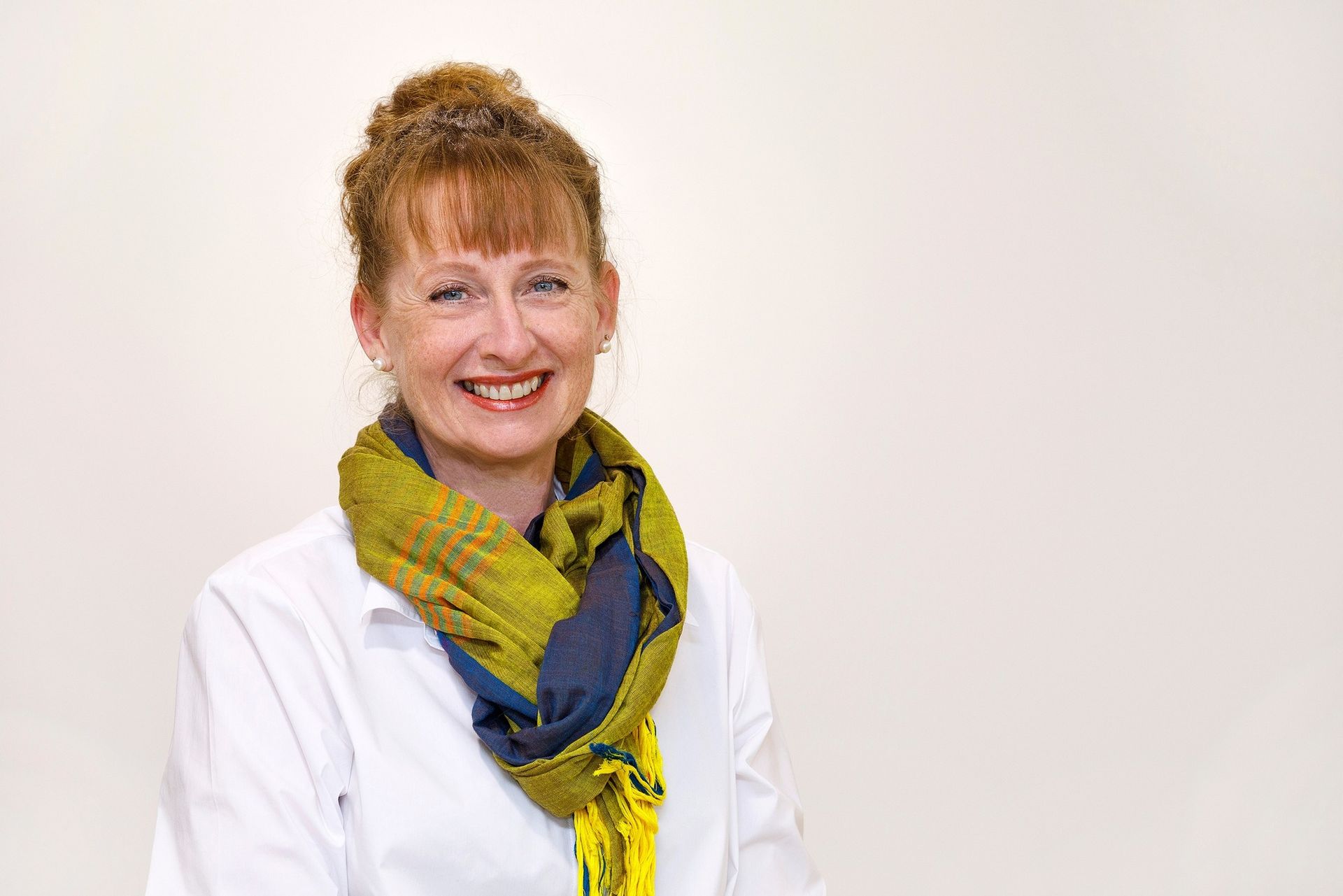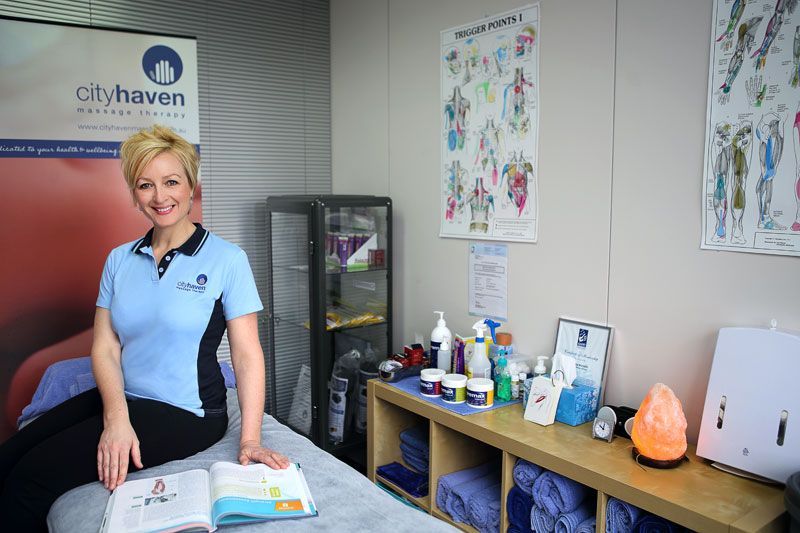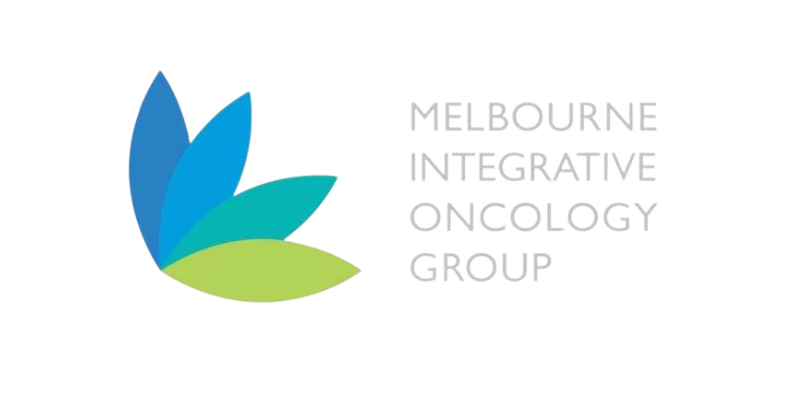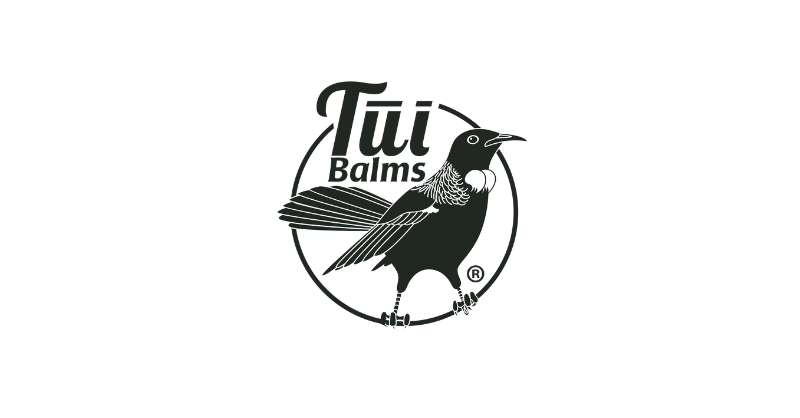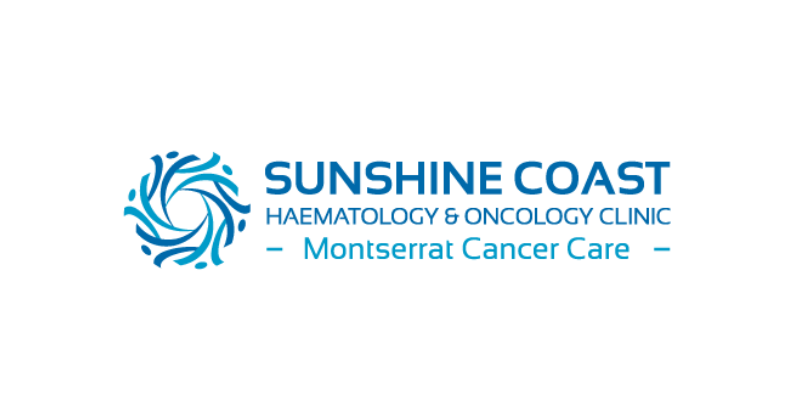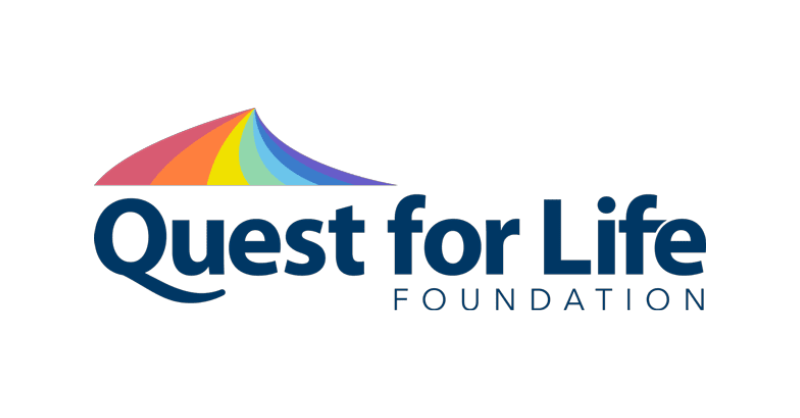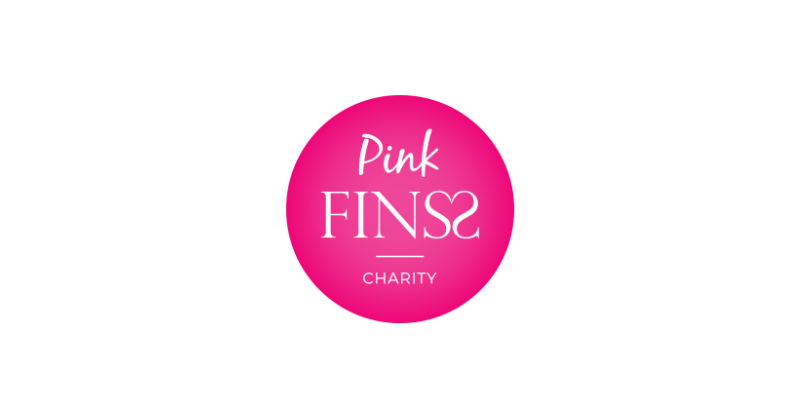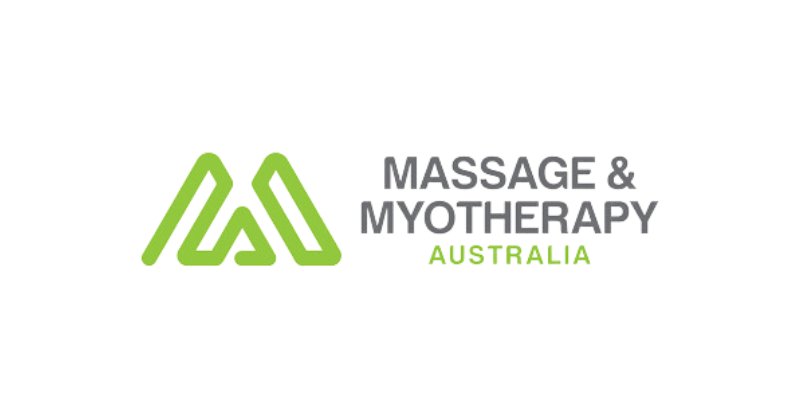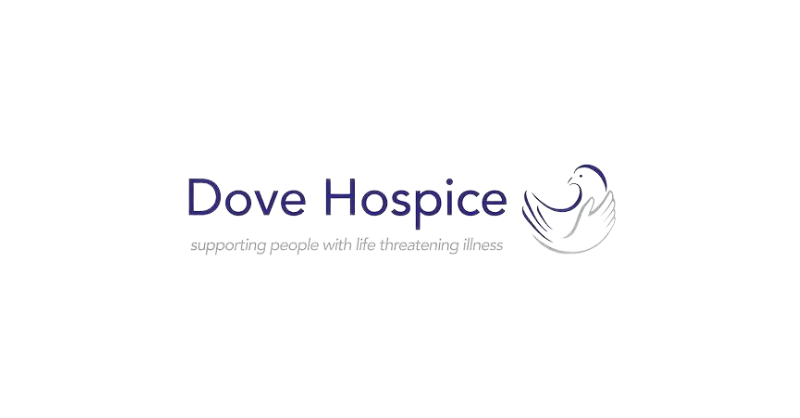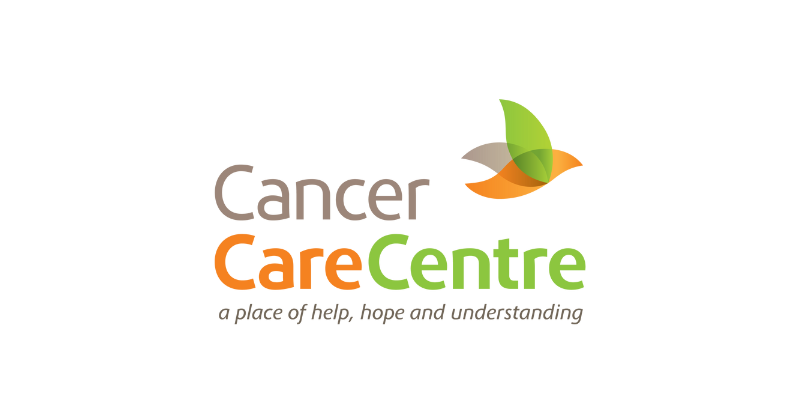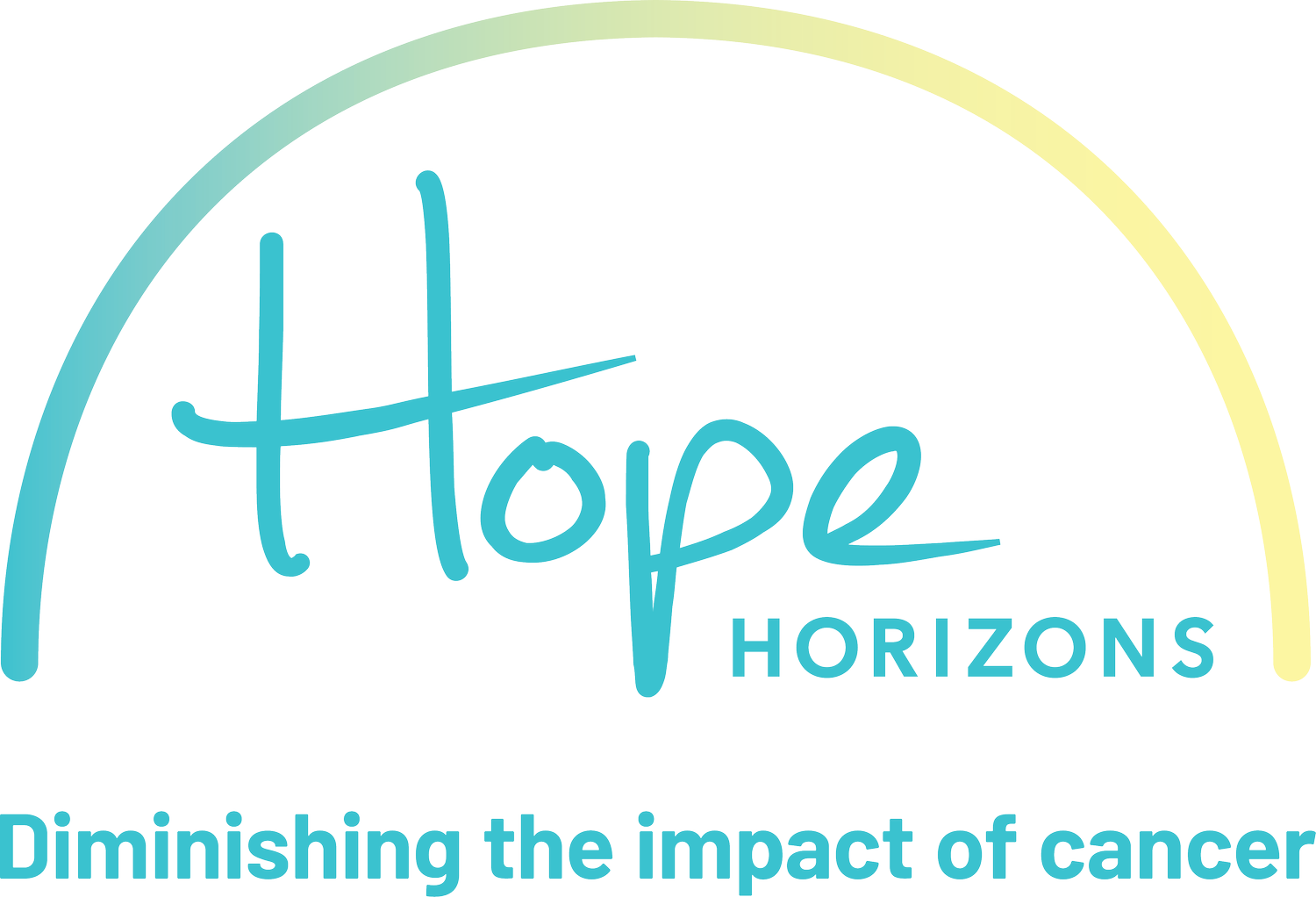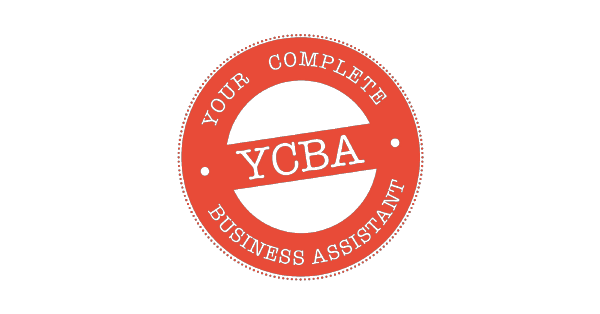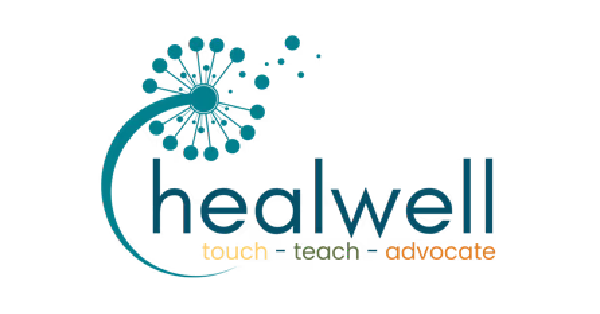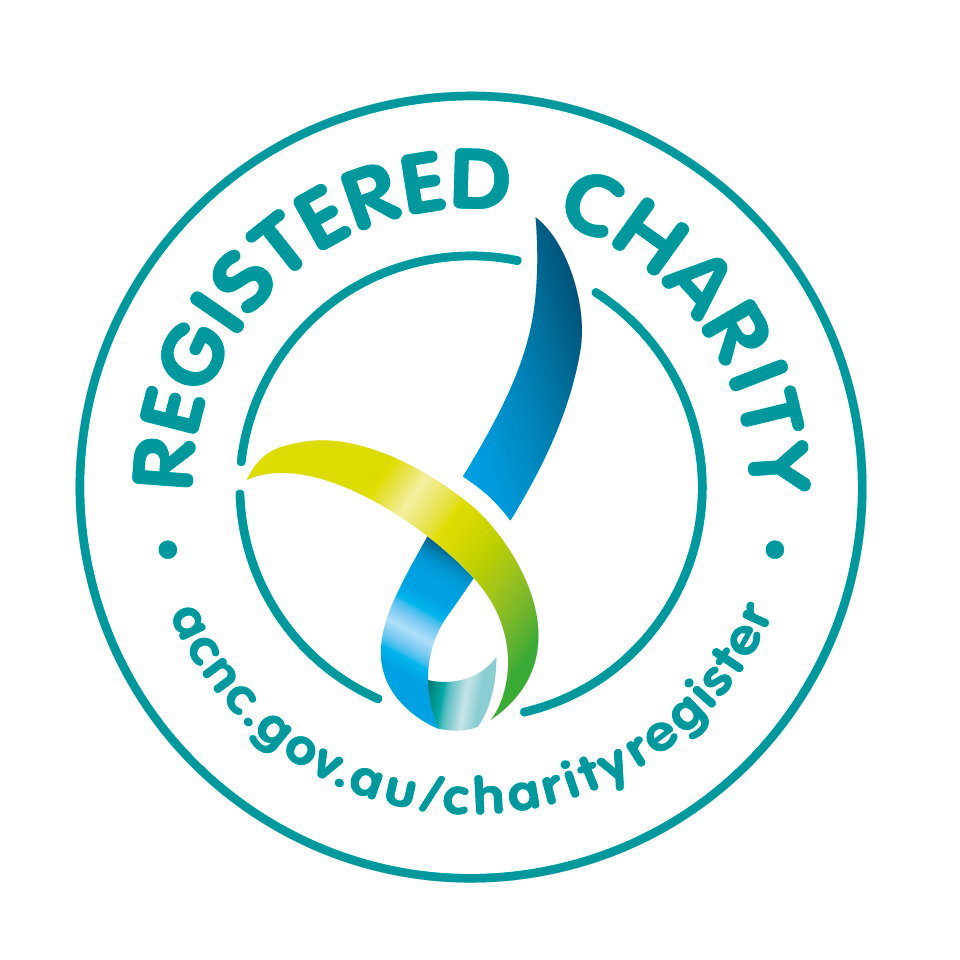Oncology Massage Therapy and Boundaries
Gentle touch massage therapy is a most profound way of communicating with frail people, writes Tania Shaw, Executive Manager of Oncology Massage Limited, a not-for-profit training organisation for therapists who want to work with people with cancer.
‘Can I take a photo? I’d love my daughter to see that I’m having a massage!’
In the palliative ward’s isolation room at the Austin Hospital in Melbourne, and after four attempts to enter the room (staff took precedence at the time), I was finally able to speak with the patient and receive informed consent to give her a massage. What I remember most was that this patient’s compromised immune system didn’t stop her from enjoying the massage I offered. In fact, the 20 minutes of hands on acted as a catalyst for deep rest, and a welcomed reduction of the anxiety she was feeling about her next steps.
The peace moving quietly through the room was palpable, and I left the room feeling humbled by the experience and with a heightened awareness that gentle touch massage therapy is a most profound way of communicating with frail people.
The benefits of gentle touch massage are well known and include up to 59%1 relief from pain, fatigue, anxiety, nausea, and depression. However, it’s not just a compassionate and mindful touch that’s required. The trained Oncology Massage Therapist knows how to adapt each client’s massage to gain the best therapeutic outcome for that person. Adaptations of pressure and stroke used, client positioning and duration of session are a standard inclusion of any oncology massage. Contraindications, mobility, effects of medications and the client’s current state of health are also taken into consideration. Sometimes, the session is rescheduled because the client requires medical attention as a priority.
‘Recent Australian research involving surveys of cancer services and cancer survivors indicates a high level of uptake of complementary therapies, especially massage, by patients undergoing cancer treatment, and
a wide disparity between the IO services cancer survivors would like and what they are able to access through their local cancer service.’ – Elizabeth Hall, Graduate of Oncology Massage Limited.
Massage and Myotherapists trained by Oncology Massage Limited are sought out by leading providers of care.2 At the Oceanic Palliative Care Conference in Perth, my colleague David Bailey and I heard more about the demand for massage for people in frail health.
We are able to speak of the multiple benefits because anecdotal evidence is in great quantity. However, formal research is still growing, and we need to continue the push for study in this area.
An ageing population equals increased risk of cancer diagnosis
With the advent of medicines and professional care which enables longer lives, we’re now living with an advanced set of age related physical, mental and emotional issues. According to the Australian Government’s Productivity Commission3 ‘The population aged 75 or more years is projected to rise by four million from 2012 to 2060. In 2012, there were roughly, one centenarian for every 100 babies. By 2060, it is estimated that there will be 25 such centenarians.’
Only 41 years away… In 2015, 65% of the disease burden was due to five disease groups; cancer, cardiovascular diseases, musculoskeletal conditions, mental and substance use disorders, and injuries.4
We know from Cancer Australia that in 2019, the risk of an individual being diagnosed with cancer by their 85th birthday is estimated to be one in two for both males and females. With these numbers in mind, training in specialised Oncology Massage is essential when working as a Massage or Myotherapist.
"Working with oncology clients is a highly emotive area, and boundaries can easily become blurred." — Tania Shaw
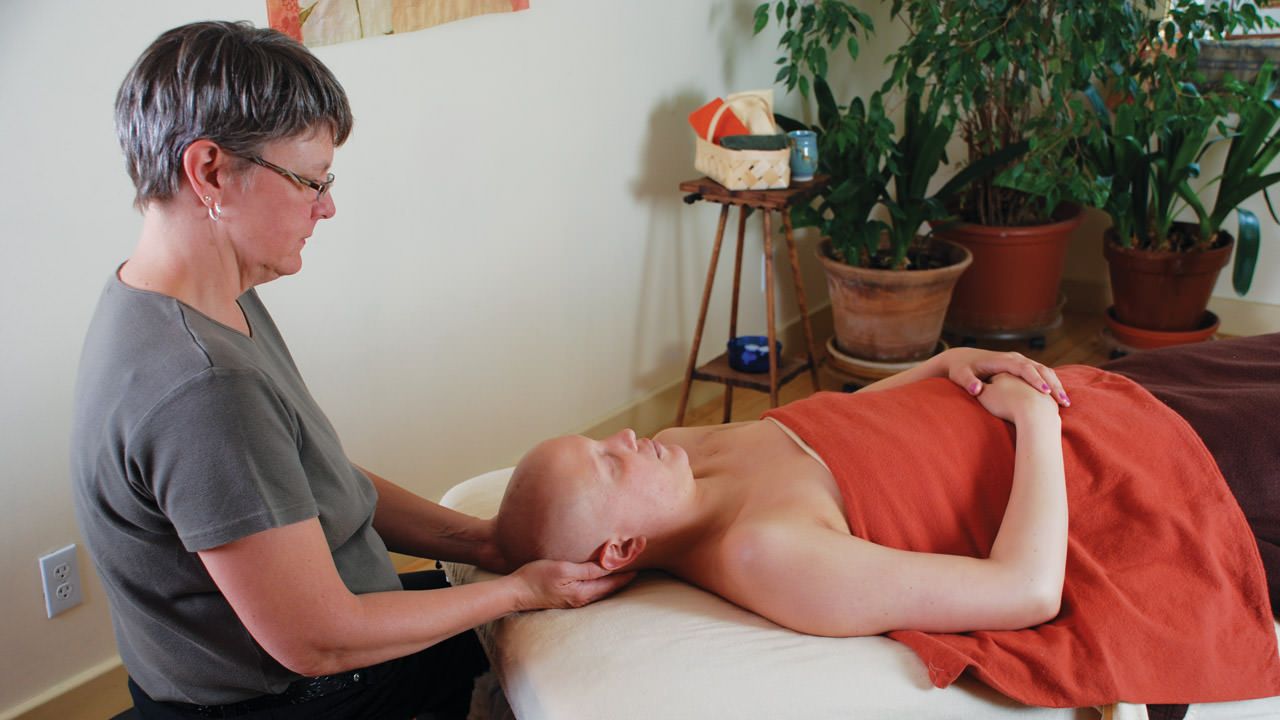
‘First Do No Harm’, right?
Most people become a Massage Therapist or Myotherapist because they care about other people’s wellbeing. They want to make a difference, to provide relief from whatever ails that person. It’s usually physical symptoms that are targeted, but it can also be emotional, physical and spiritual. Working with oncology clients is a highly emotive area, and boundaries can easily become blurred; the therapist being just as vulnerable as the client in this human experience of ours. The key difference is that the therapist is the professional, and must remain in charge of the session.
Compassion and discernment are essential components when working with these clients, as well as education and compliance with your Association’s Code of Conduct, and Policies and Guidelines. Understanding the ethics when working with vulnerable people and practising good self-care by seeking professional supervision and support from people other than the client is crucial. Too easily can a Massage or Myotherapist allow themselves to be drawn in to the ‘Helper’ role; thereby satisfying a need within themselves as well as the one they’ve perceived in their client. Our modality is a client-centred approach, not a self-centred approach.
There are things you, as a massage therapist, can do to ensure your professional manner remains in place, and doesn’t fall by the wayside as you become more familiar with your client. Here are just a few -
Check in with your session conversation:
- Is there too much self-disclosure? Are you talking about your own experiences? Your client may feel as though they need to look after you.
- Are you encouraging your client to discuss personal things not directly related to the massage session?
- Are you offering support outside your scope of practice?
Your health and vitality:
- A daily practice of exercise and/or mindful meditation aids in connection with self, family and friends.
- Healthy, nutritious food. Eating a diet filled with junk food may lead to fatigue and illness, and an inability to make good decisions.
Know yourself:
- Do you say ‘yes’ when you would much prefer to say ‘no’? Why is that? If you can’t answer and continue to exhaust yourself, then it’s time to seek answers from a professional.
- Refer on if necessary. Self-awareness is healthy. Embrace professional supervision with a qualified counsellor (not your best friend or partner – they’ll tell you you’re wonderful doing what you do, which is love being supportive, but not particularly useful in this instance!) and stay current with best practice in massage therapy.
Your ability to deliver a professional massage service depends on it. And, best of all, your clients will benefit.
References:
1. Cassileth, B.R., Vickers, A.J., 2004. Massage therapy for symptom control: outcome study at a major cancer center. J. Pain Symptom Manage. 28, 244–249.
2. Where are our Graduates working?
3. An Ageing Australia: Preparing for the Future 4. AIHW: Burden of disease
Tania Shaw, Executive Manager, Oncology Massage Limited – a not for profit training organisation teaching qualified massage and myotherapists how to work safely with clients with cancer.

